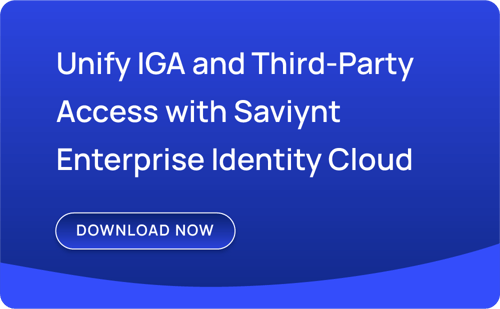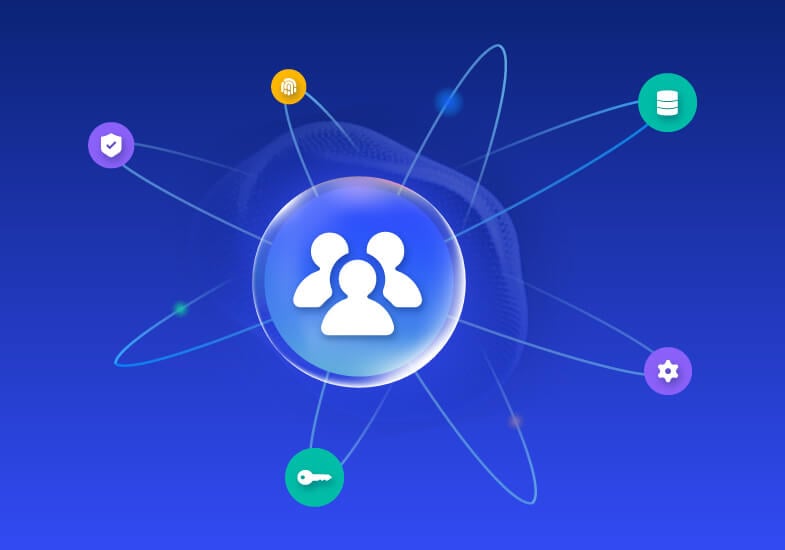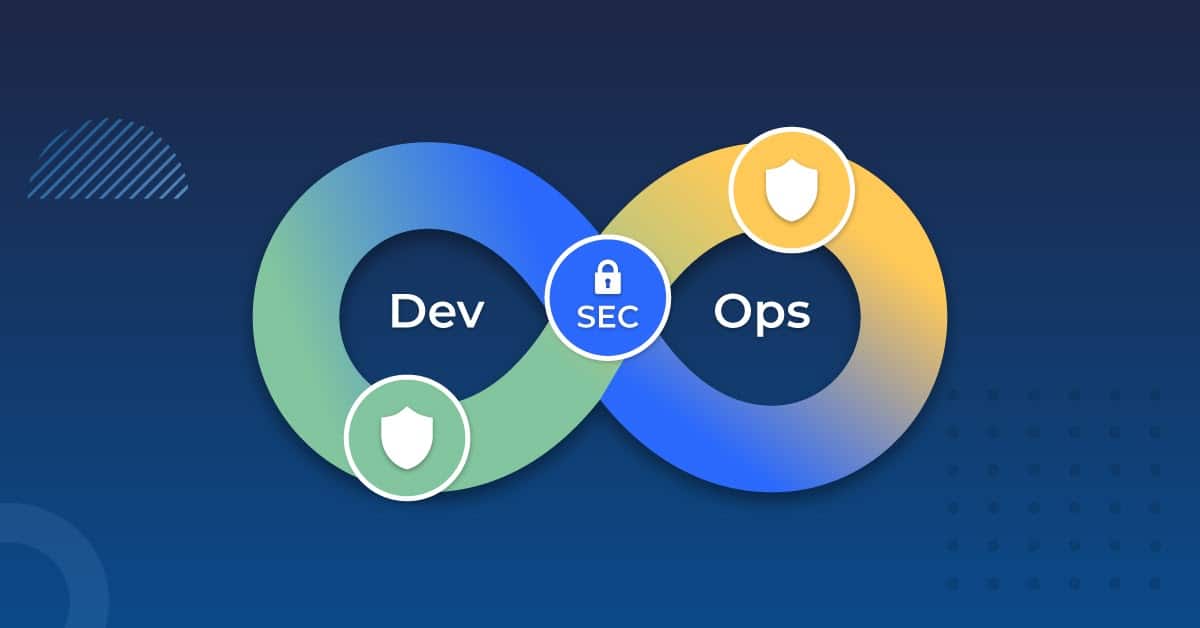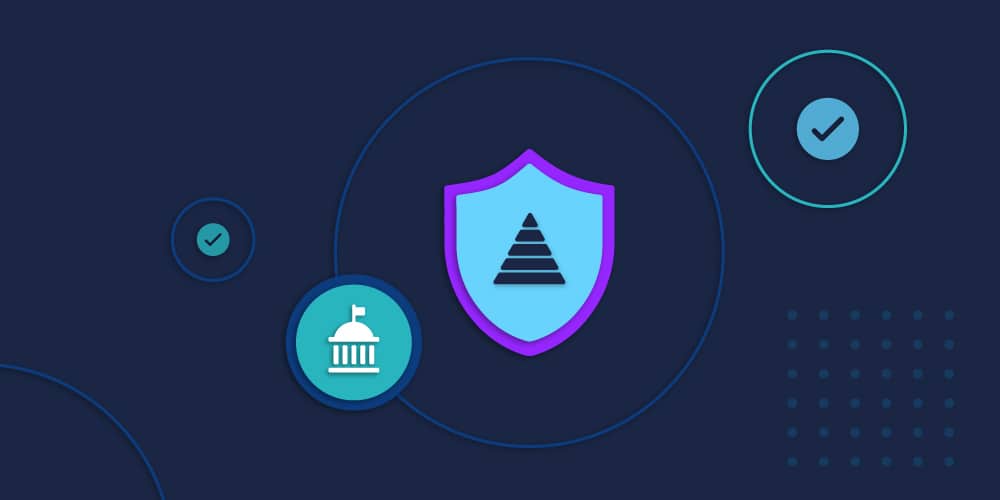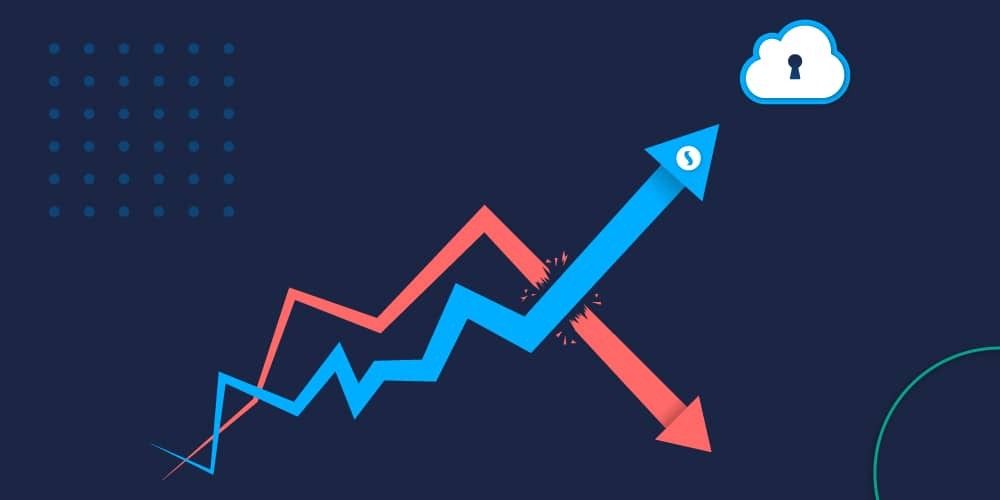Overcome IAM Burnout And Meet The Unique Challenges Of Today’s Third-Party Risks With EIC
Back in a simpler time when legacy IGA systems protected our on-prem kingdoms, third-party access was an afterthought. Non-employees who needed access to our systems and data were predictable flesh-and-blood identities like contractors, supply chain partners, or students. Companies could drop tasks like provisioning, de-provisioning, and security into the laps of their Identity and Access Management (IAM) staff — who performed them manually using a variety of tools. Times have changed.
Across every industry, the number of devices, endpoints, and cloud infrastructures has exploded. New applications and access points have resulted in multiple IDs for a single user. The volume of third-party machine identities has increased tenfold, often posing greater risks than their human counterparts. The deluge of joiners, movers, and leavers (JMLs) has made manual processes obsolete and pushed security teams to the brink.
Legacy IGA solutions were never designed to manage non-employees, let alone bots, RPAs, and IoT devices. Disjointed SaaS solutions are creating visibility challenges that are further exacerbated by shadow IT. Third-party users are often over-provisioned because companies have no way to collect data on them (and most companies aren’t even sure how many third-party relationships they have.)
In the last blog in this series, we explored how Saviynt’s Enterprise Identity Cloud (EIC) delivers both IGA and Third Party Access Governance (TPAG) capabilities in one centralized platform. A suite of features like self-service user onboarding, invitation-based user registration, and birthright provisioning automates joiner tasks, saving days and weeks of manpower.
Once the work of onboarding a third party is complete, the real job has just begun. You need ongoing processes, procedures, and systems to verify that all humans and non-humans, employees and non-employees, are correctly assigned the appropriate level of access. Let’s look at how Saviynt’s centralized platform gives you the automation and the line of sight to make effective lifecycle management happen.
Companies Need A More Efficient Way To Manage Dynamic, High-Risk Relationships
If you’re undertaking an identity modernization project, chances are third-party “what ifs” have already given you pause. What if a “do not rehire” former employee regains access as an unrecognized third-party user? What if a third-party relationship is terminated but access is not—or a third-party supplier is hacked, but their employees retain access? The ‘check-box compliance’ of traditional governance solutions does not address these scenarios or a dozen others that are slipping past your inundated IAM teams.

A modern IGA solution focused on user experience and security should help people improve the process. It should deliver a better understanding of how access is being used in real time within the appropriate business context. It should help you identify and manage human and non-human identities through the entire lifecycle —- and seal it with an audit trail.
Normally, ensuring this level of appropriate access would require a Herculean effort, but Saviynt’s delegated model ensures that compliance is a joint responsibility supported by automation and intelligence.
Saviynt EIC Simplifies Administration And Succession
With cloud-native IGA and TPAG in a single platform, you’ve eliminated multi-platform blind spots right out of the gate. With a unified on-prem, hybrid and cloud management system, you have 100% visibility and the power to create one identity with fine-grained entitlements for each user.
There are five key areas where one consolidated solution works circles around other solutions.
- Delegation from day one. With Saviynt TPAG, sponsors in your organization identify departmental managers in the third-party organization who will be accountable for future access reviews and certifications. Together, internal and external admins can create an authoritative system of record and segment users based on their roles and access needs—starting with the concept of least privilege. If a third-party contact leaves or is terminated, Saviynt’s built-in succession management makes sure that all of the users default to the right replacement.
- Regular access reviews. If your teams are attempting to manually manage third-party threats, you can safely bet that inappropriate and obsolete access is going undetected. Saviynt IGA +TPAG can identify potential violations before access is granted, monitor risk on an ongoing basis and reduce the workload on your teams. When it’s time for an update, built-in workflows can automatically alert the third-party administrator to take action.
- Automated access provisioning. It’s critical to assign the right amount of risk-aware access to the individual user. Just because a user is a member of a group doesn’t mean that they should all have the same access. Automating access provisioning, requests, and risk-based approvals — along with other JML processes — simplifies management throughout the identity lifecycle. One-click certification, revocation, and decommissioning moves your company closer to the ideal of Zero Standing Privilege.
- Cross-platform integration. Saviynt integrates with many of the leading systems of record (SOR) solutions for non-employee user identities, leading IDaaS solutions used for federation, and security platforms like SIEM, CASB, UEBA, etc.
- Compliance reporting. By monitoring trends over time in dashboards, IAM teams can identify particular areas that need attention, like a specific application with a large number of alerts, or a third-party organization that may not be administering users appropriately. Our Separation of Duties (SoD) report, for example, can determine what type of SoD violation is flagged so you can quickly get to the root cause. All of Saviynt’s out-of-the-box controls are cross-mapped to a wide range of regulations, taking the headache out of audit prep and giving organizations additional sightlines into third-party activities.
Can You Integrate your TPAG Solution With Your IGA solution?
Most companies began their identity journey with an IGA solution. Now, they’re realizing these security vendors don’t consider identity to be part of third-party access. To get by, many teams are stitching together two different point solutions that don’t integrate. That amounts to two different systems built by two development teams, leaving you with zero professional services and a growing pile of regulatory problems.
With Saviynt’s Enterprise Identity Cloud, you can eliminate all these security silos with a single point of control. With a full suite of five modular products, including Data Access Governance, Application Access Governance, Privileged Access Management, IGA, and TPAG, your organization can secure any identity, any app, and any infrastructure, across your entire business.
In the next blog, we’ll go into more detail on how all five products of our converged platform can deliver a holistic understanding of your risk exposure.
